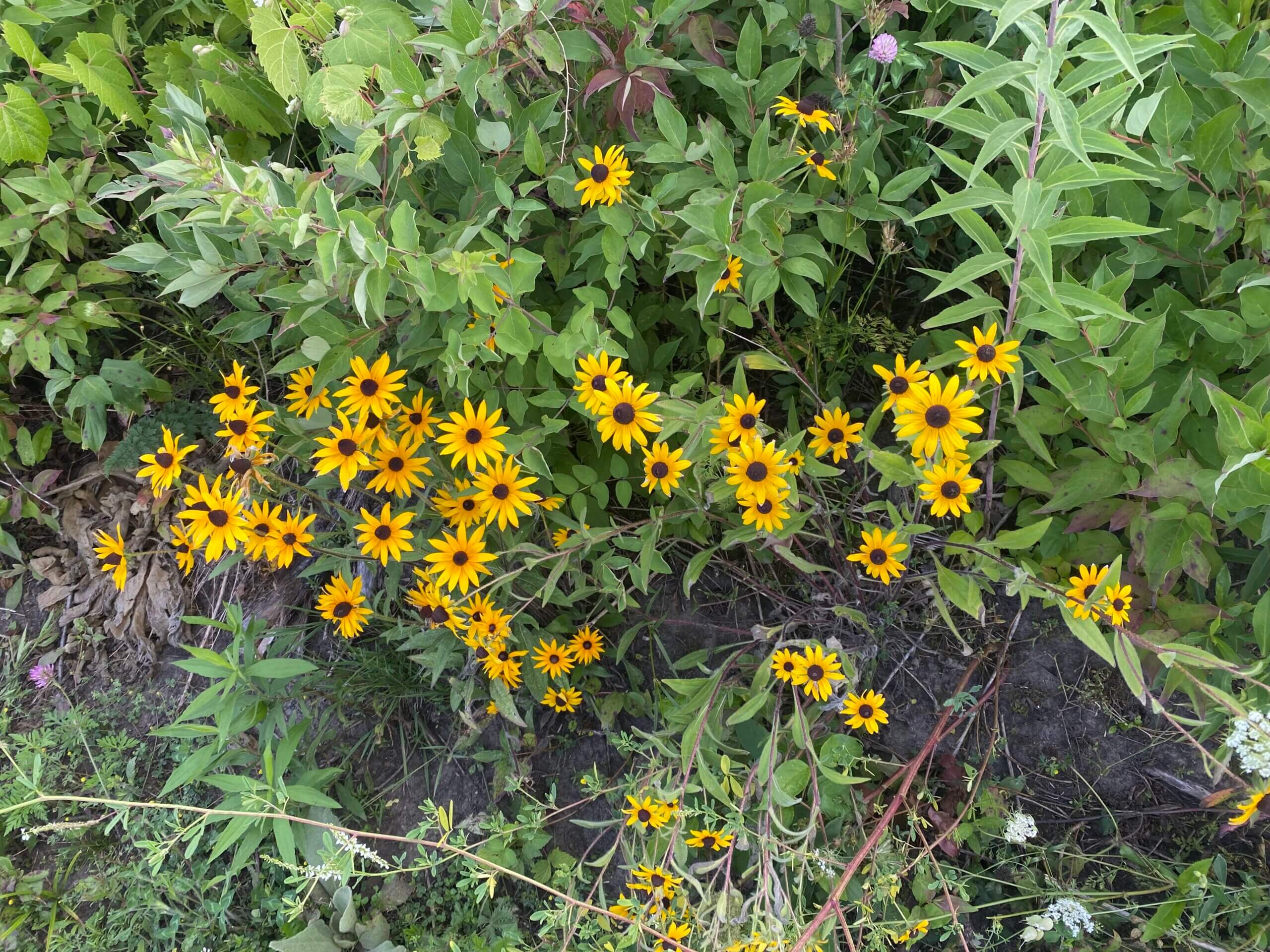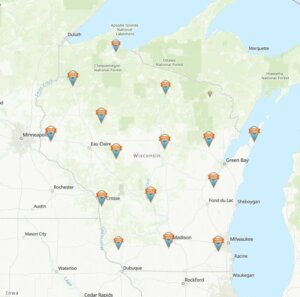Nestled along the Ice Age Trail in southern Wisconsin, the Mammoth’s Back Preserve stands as a testament to the incredible work of the Ice Age Trail Alliance and the support provided by the Knowles-Nelson Stewardship Program. This area, covering over 100 acres of remnant bluff prairie, is an essential habitat for native plant and wildlife communities.
“The Ice Age Trail has relied heavily on the Knowles-Nelson Stewardship Program to acquire land for the Trail, both via DNR purchases and purchases by the Alliance. Mammoth’s Back Preserve is one of more than 100 such acquisitions. With 500 miles of Ice Age Trail yet to secure, the Stewardship program is more important than ever in completing this national treasure,” emphasized Kevin Thusius, Senior Director of Land Conservation Strategy for the Ice Age Trail Alliance.
The Knowles-Nelson Stewardship Program provided funding to secure the Mammoth’s Back Preserve and nearly 100 other acquisitions along the Ice Age Trail. Knowles-Nelson and the strong partnerships between the Ice Age Trail Alliance and local communities ensures the preservation of this landscape for generations to come.

At the heart of the Mammoth’s Back Preserve, restoration lies with the Ice Age Trail Alliance’s Habitat Improvement Program. When asked about the significance of the program, Steve Pence, Land Restoration Specialist for the Alliance and manager of the Habitat Improvement Program, replied:
“The Habitat Improvement Program is the Ice Age Trail Alliance’s commitment to restoring habitat along the trail to both improve the hiker experience and improve habitat to benefit native plant and wildlife communities. The restoration efforts at the Alliance’s Mammoth’s Back Preserve have largely been led by the local chapter of Ice Age Trail volunteers. They have been working to eradicate invasive spotted knapweed by hand pulling the plants in the remnant bluff prairie found on the preserve. Being able to supplement the chapter’s efforts with a promoted event like Weeding and Wine is a great opportunity to expose more members to the importance of restoring habitat and accomplishing a lot of work in a short amount of time.”

Events like Weeding and Wine are a remarkable opportunity to expose more members to the significance of restoring habitats and accomplishing significant work in a short amount of time. By engaging the local community, these events foster a deeper connection to the landscape, encouraging a shared sense of responsibility for its preservation.
The Ice Age Trail draws approximately 2.3 million visitors each year, contributing an estimated $355 million annually to the local economy. The continued success of this trail, including the Mammoth’s Back Preserve, relies on generous support from the Knowles-Nelson Stewardship Program, local government funding, and philanthropic donations. This support ensures that these natural landscapes remain protected and continue to enrich the lives of countless hikers and nature enthusiasts.

The Mammoth’s Back Preserve serves as an awe-inspiring testament to the power of collaborative conservation efforts. Thanks to the Ice Age Trail Alliance, the Knowles-Nelson Stewardship Program, and dedicated local volunteers, this preserve continues to flourish as a habitat for native plants, wildlife, and a haven for hikers seeking a breathtaking experience.
As we celebrate the ongoing success of the Ice Age Trail and its preserves, let us remain committed to preserving and restoring our natural heritage, ensuring that these landscapes remain vibrant for future generations to cherish.
Photos provided by Tina Tran, Gathering Waters, and Ice Age Trail Alliance staff.










